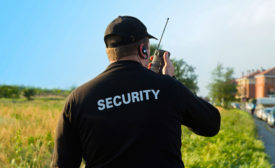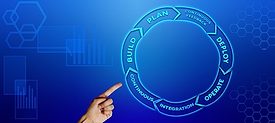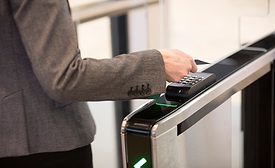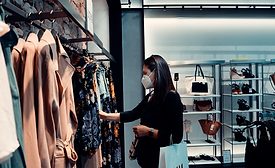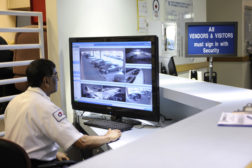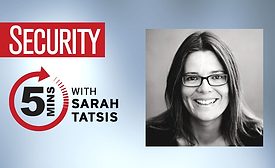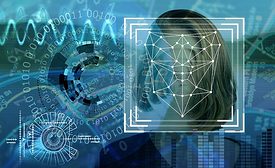Web Exclusive Stories
Best practices on integrating access control, biometrics with swing doors and security entrances
There needs to be a solid strategy to ensure security when using an electronic access control system (ACS) and secured entrance devices.
February 9, 2021
Enterprise Services
Hospitality security adjusts to COVID-19 constraints
While COVID-19 has slowed the hospitality industry, security plays a more pivotal role than ever and the ongoing pandemic is challenging security professionals to adjust and adapt to new rules and procedures.
February 8, 2021
Sign-up to receive top management & result-driven techniques in the industry.
Join over 20,000+ industry leaders who receive our premium content.
SIGN UP TODAY!Copyright ©2024. All Rights Reserved BNP Media.
Design, CMS, Hosting & Web Development :: ePublishing




